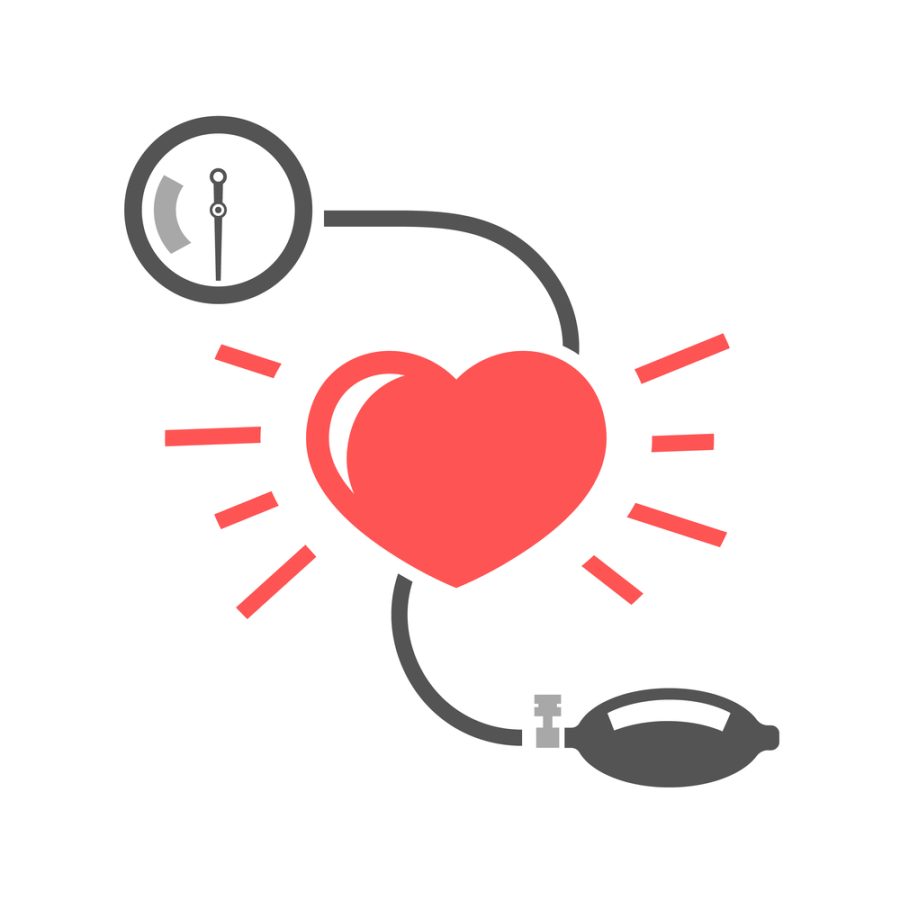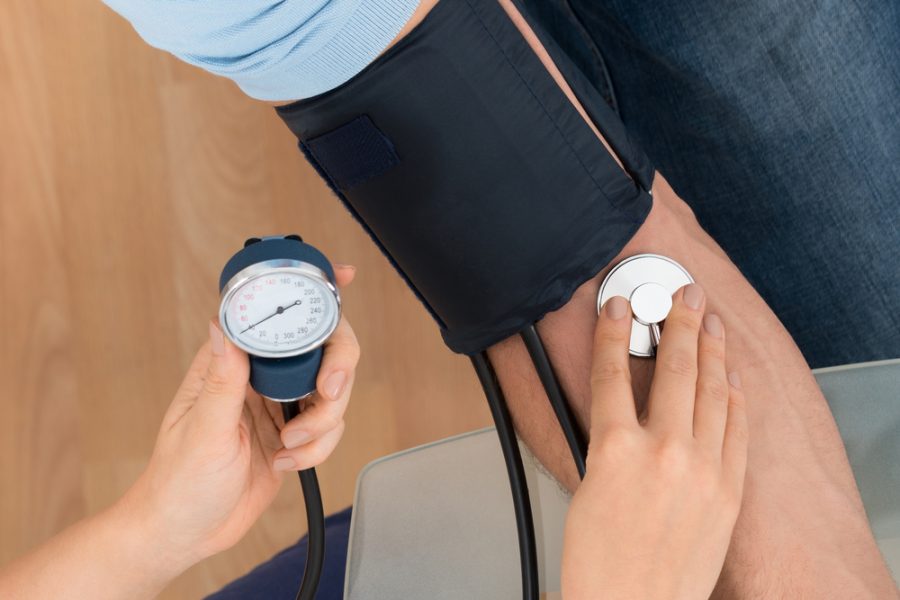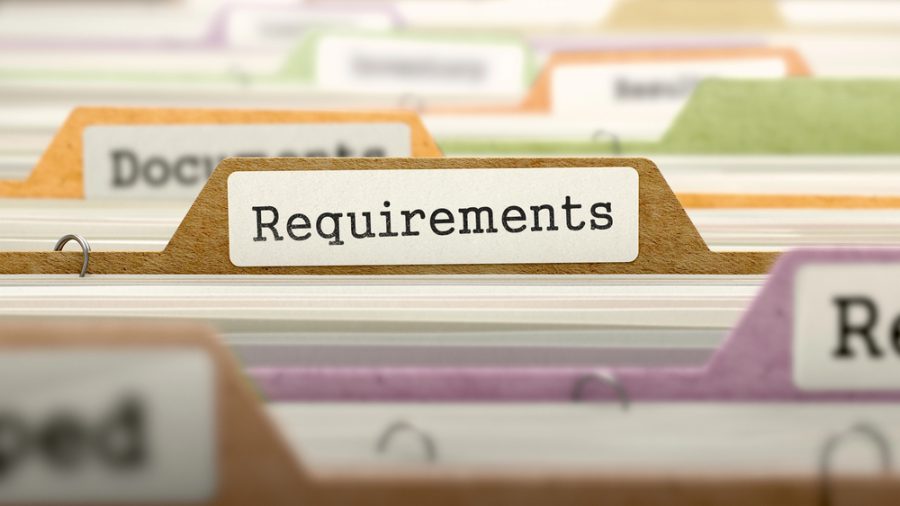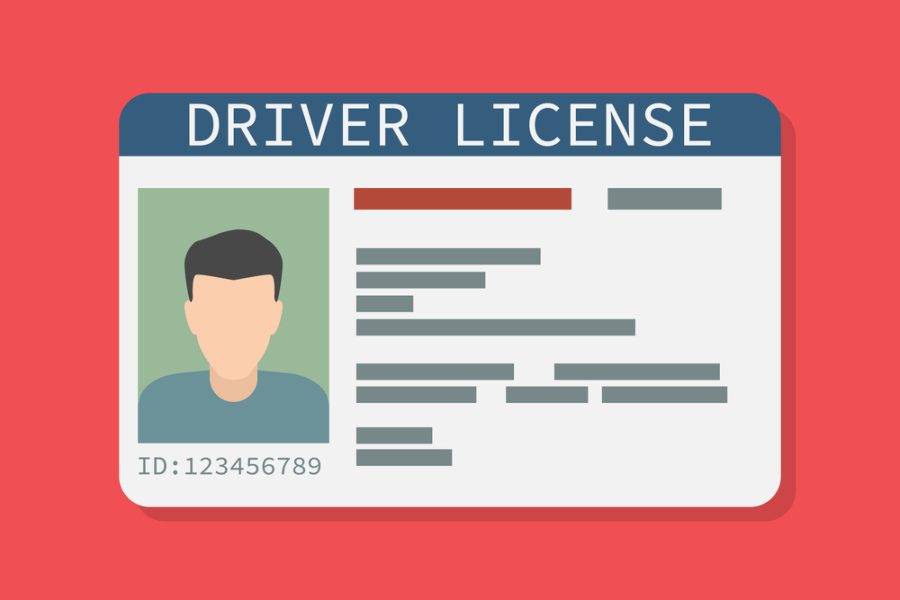Introduction
For commercial drivers, a DOT medical card is mandatory. It means you’re physically and mentally able to drive a commercial vehicle. You meet the health requirements set by the Federal Motor Carrier Safety Administration (FMCSA). Those requirements are to keep the roads safe and prevent accidents caused by health problems. To get a DOT medical card, book an appointment with an FMCSA-approved examiner and fill out the health history form. The examiner will look at your vision, hearing, blood pressure, and fitness. If you pass, you’ll get the Medical Examiner’s Certificate (MEC). Renew yours as it’s usually good for two years.
Step-by-Step Guide to Getting a DOT Medical Card
DOT Physical Exam
What is a DOT Physical Exam?
A DOT physical exam is a medical exam required by DOT to make sure truck drivers are physically and mentally able to drive commercial vehicles. All commercial drivers need this exam to be able to drive long distances and in different conditions.
DOT Physical Exam Components
It’s made up of several parts. First, your medical history will be reviewed – past surgeries, chronic conditions, medications, etc. Then a full physical – heart, lungs, overall health. Vision and hearing tests to make sure your vision and hearing meet DOT requirements. Urine test to screen for controlled substances and no prohibited drugs. And health conditions like high blood pressure or sleep apnea to see if they affect your ability to drive safely.
Finding a Certified Medical Examiner
Who Can Do a DOT Physical?
A physical can be done by certified medical examiners – doctors, nurse practitioners, and physician assistants. They must be on the National Registry of Certified Medical Examiners. To find one, go to the Federal Motor Carrier Safety Administration (FMCSA) website and use the National Registry to find examiners near you.
Prepare for the Exam
When you prepare for the exam, bring your full medical records, health history, and a list of current medications. If you have a medical condition, bring a letter from your primary care provider with details of your condition and treatment. Be prepared for vision, hearing, and urine tests. The examiner will also look for health conditions like high blood pressure and sleep apnea.
During the DOT Physical Exam
Medical History Review
During the exam, the medical examiner will review your medical history. That’s discussing past and current medical conditions that affect your ability to drive safely. High blood pressure and heart disease are looked at closely as they affect driving directly. Be honest about your medical history so the examiner can give you the best advice and assessment.
Physical and Mental Demands
Medical History Review
During the exam, the medical examiner will review your medical history – past and current conditions that affect safe driving. High blood pressure and heart disease are looked at most closely as they affect driving. Be upfront about your medical history so the examiner can give you the best advice.
Physical and Mental Demands
Being a truck driver is physically and mentally demanding and the DOT physical exam is to see if you’re fit for that. The examiner will look for physical limitations that affect driving – mobility, coordination, and strength. Mental fitness to handle long hours on the road and stress.
Physical and Mental Demands
There are big physical and mental demands of the job and the DOT physical exam is to see if you meet those. The examiner will look for physical limitations – mobility, coordination, and strength. Mental fitness to be on the road for long hours and stress.
Specific Tests Performed
Several tests are performed during the DOT physical exam to meet health requirements for commercial driving:
- Vision Evaluation Report: Your vision will be tested to see if it meets commercial driver requirements. That’s a standard eye test for visual acuity and peripheral vision.
- Hearing Test: Hearing is tested with a forced whisper test or average hearing loss. Good hearing to detect warning signals and be aware of the situation on the road.
- Urine Test: Urine test to see specific gravity and controlled substances. To see if you have kidney problems and if there’s anything in your system that affects driving.
- Vision Evaluation Report: Your vision will be tested to meet commercial driver vision requirements – standard eye test for visual acuity and peripheral vision.
- Hearing Test: Hearing is tested – forced whisper test or average hearing loss. Good hearing to detect warning signals and be situationally aware.
- Urine Test: Urine test to see specific gravity and controlled substances. Kidney problems and nothing in your system that affects driving.
DOT Physical Requirements
Health and Safety Standards
Health and safety is first for the DOT medical card requirements. Drivers must meet health standards to drive safely – vision, hearing, blood pressure, and no medical conditions that affect driving. FMCSA is the regulator for the DOT medical card. Regulations are for safety in the trucking industry. Drivers must follow regulations to get and maintain a DOT medical card. FMCSA changes these regulations often to keep standards current with medical science and best practices.
Part of the DOT physical exam is understanding the weight ratings of the commercial vehicle. GCWR and GVWR are the maximum weight the vehicle and cargo can safely be. Drivers need to know these ratings as it’s part of their certification and the vehicles they can drive.
Special Considerations
Some medical conditions require special attention during the DOT physical. Drivers who wear corrective lenses or hearing aids must bring them to the exam. Sleep apnea drivers must show their condition is under control – often through additional testing or documentation. All health conditions must be managed and documented so there are no surprises during the physical.
After the DOT Physical Exam
Receiving Your Medical Examiner’s Certificate
After the DOT physical, you’ll receive a Medical Examiner’s Certificate. That’s to prove you’re physically qualified to drive a commercial vehicle. A Medical Examiner’s Certificate is good for 24 months but if the medical examiner finds conditions that need more frequent monitoring, they may give a certificate with a shorter validity period. To maintain certification, schedule a new physical before the current certificate expires. Keep track of expiration date and schedule the next exam well in advance so you don’t have downtime and stay DOT compliant.
If You Don’t Pass
Not passing the DOT physical doesn’t mean the end of your driving career. If you don’t pass, the medical examiner will give you specific reasons – health conditions to be fixed. Improving your health – lowering blood pressure, losing weight, controlling blood sugar – will help you pass next time. If you think it was unfair or based on incorrect information, you have the right to appeal. Start by getting a second opinion from another certified medical examiner. If the second examiner also finds you unqualified, you may need to provide additional medical information or testing to support your case.
Costs and Time Considerations
DOT Physical Cost
DOT physical cost will vary but drivers can expect to pay $75-$150. That’s for the basic exam – vital signs, hearing, vision and overall physical health to meet DOT requirements.
While price will vary by location and provider, call ahead and ask. Some clinics may discount or insurance accepted. Here are time and money saving tips below.
- Shop Around: Compare prices at different medical facilities to find the best price. Some providers will give competitive rates or special deals for commercial drivers.
- Schedule During Off-Peak Hours: Book your exam during less busy times and you’ll wait less and it will be quicker. Early mornings or mid-week are less crowded.
- Be Prepared: Bring your driver’s license and medical records to the appointment. Being prepared will make the process faster and less likely to need a follow-up visit.
- Check for Employer Partnerships: Some trucking companies have partnerships with clinics that give discounts to their drivers. Check with your employer to see if that’s the case.
- Shop Around: Compare prices at different medical facilities to find the cheapest. Providers will give competitive rates or discounts for commercial drivers.
- Schedule during off-peak hours: Book during less busy times and you’ll wait less and it will be faster. Early morning or mid-week are less busy.
- Be prepared: Bring driver’s license and medical records to the appointment. Being prepared will make the process faster and no follow-up visit.
- Check for employer partnerships: Trucking companies have partnerships with clinics that give discounts to drivers. Check with your employer to see if that’s the case.
Conclusion
Now that you’ve done all the work to get your DOT medical card, you need all the documents for your commercial driver’s license (CDL) and keep your medical card current. That means schedule DOT physicals regularly and keeping track of expiration dates so you don’t have a gap in certification. For more info, visit FMCSA and other sites for DOT medical card requirements and health guidelines for commercial drivers. Health and safety on the road is number one. Health checks and medical issues early will help you pass DOT physicals and overall health and safety.
Note: FMCSA = Federal Motor Carrier Safety Administration







